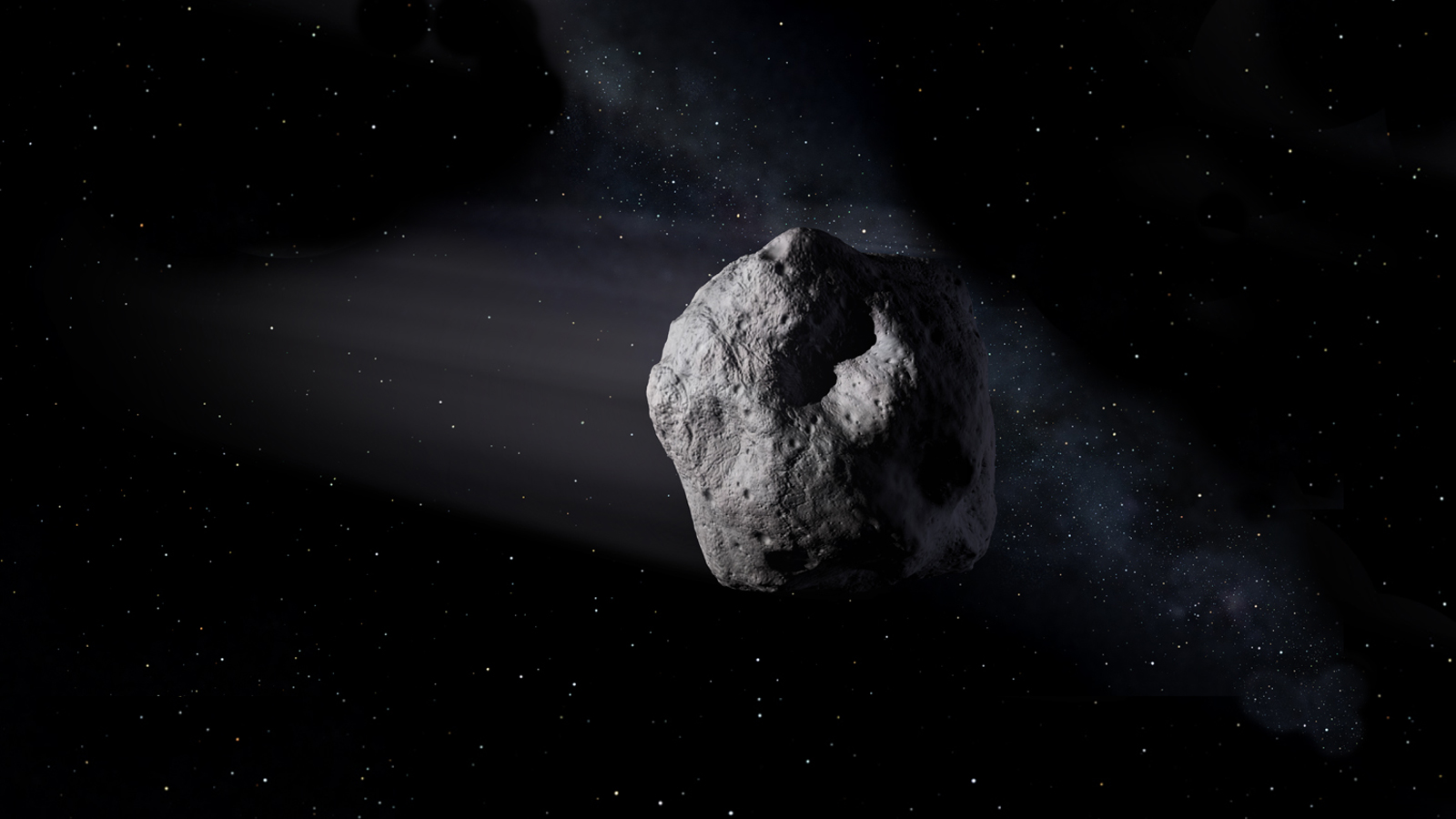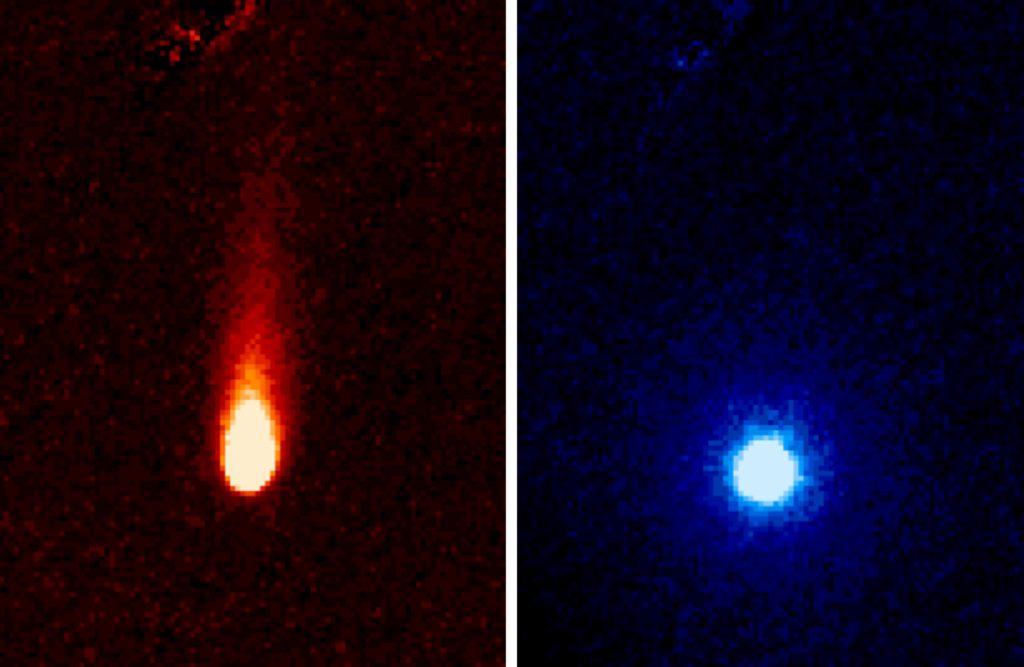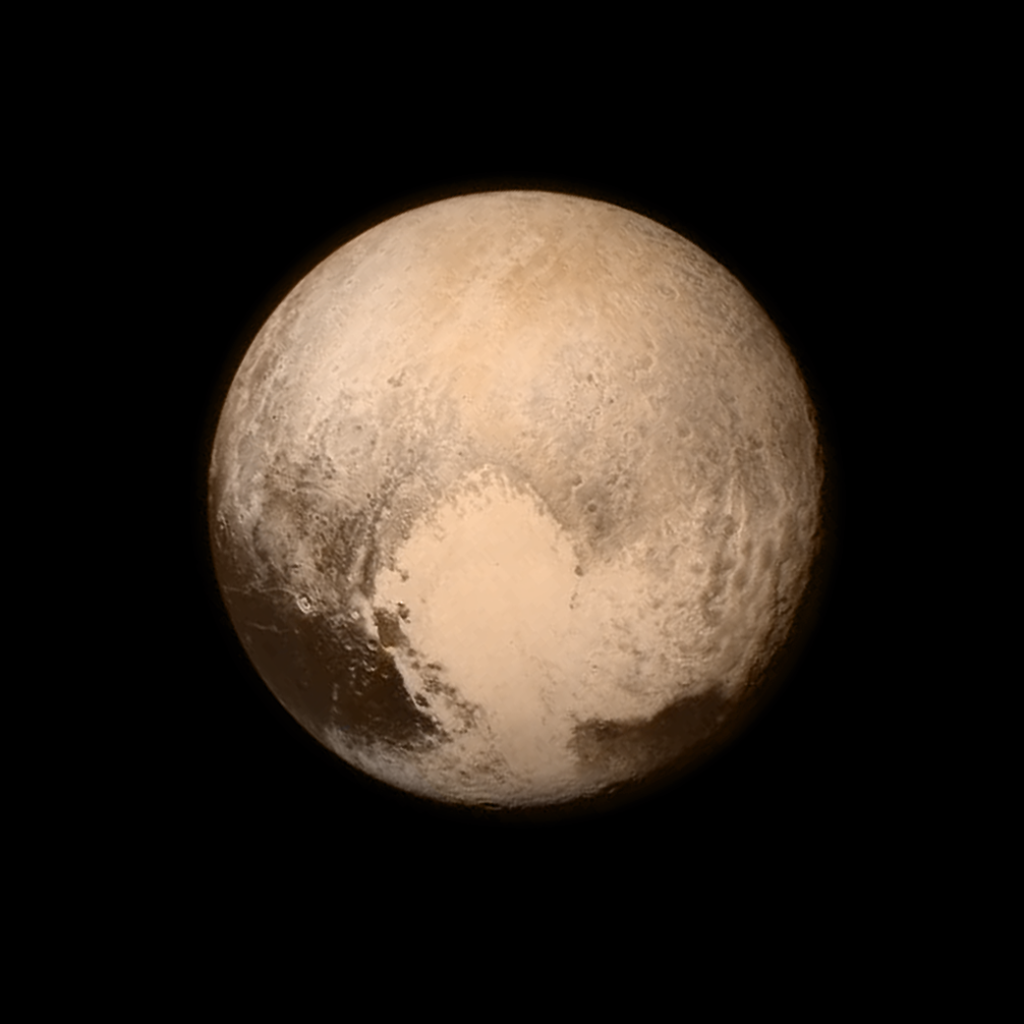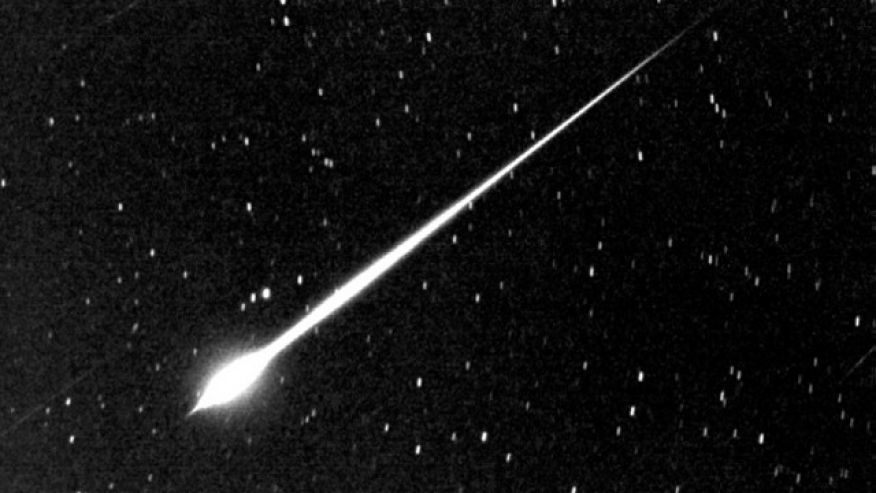
Astronomy For Beginners: Space Debris
Introduction
There is a lot of space debris in our galaxy. It can be large or small. Space debris can be Asteroids, Comets, Meteors, or even dust. In this article I talk about all of these objects and their characteristics. I also discuss topics such as Asteroids getting close to Earth and the once-planet Pluto.
Asteroids
Asteroids are big rocks. You may see that as simplistic but that is essentially all they are. Asteroids are generally the largest forms of space debris. They formed from collisions in remote parts of the galaxy. Asteroids are much smaller than planets and moons. They travel around the Sun in weird trajectories.
Europeans first discovered Asteroids in the 1800's. There have been constant discoveries since then. Most of these are in the famous Asteroid Belt. This huge Belt of rocks is assumed to be pieces held by gravity that never formed into a planet.
Most of these rocks and other space debris are very small and just have gravity holding onto them. That is why they are called stray objects. They can be classified using spectroscopy which I discussed in a previous article. The darker they are the more carbon they contain. Their size is estimated from the amount of light that they reflect. It is not terribly accurate but it is the best that scientists can do right now. The largest Asteroid is Ceres which has a diameter of around 900 km.
Most of our information about Asteroids comes from the planetary belts that have been observed with telescopes for a while now. Some of these have extensive craters of their own and even include a tiny bit of volcanism.
Asteroids are similar to Earth because of their rocky cores and density.
Asteroids That Come Close
Most Asteroids will never come close to us. They are trapped forever, or close to it, most likely in the gravity of something larger. They will stay on that path for an extremely long time. Some, however, will get somewhat close. It is these that we can take a closer look at.
The largest of these could be dangerous to us here on Earth. An impact from one of these would be devastating. The occasional small Asteroid that enters our atmosphere releases a huge amount of energy.
Eventually it will happen. Not much we can do about it at the moment. Since we are 2/3 water on this planet we can expect 2 out of 3 Asteroid landings to happen in the water. Not sure if that is any better or not.
Astronomers will continue the hunt for these big Asteroids because we want to know if something is coming our way.
Comets

Comets are relatively small objects that are primarily made up up of dust and water ice. This type of space debris is thought to come from the Oort cloud and the Kuiper belt. Those Comets from the Oort cloud have longer orbital periods than those from the Kuiper belt. The most interesting feature of Comets are their tail, also known as a coma. This tail appears when the Sun's radiation causes the comet to slightly melt and turn to gas. The Sun's radiation is therefore causing this gas to glow in its light and that is why we see a tail trailing comets. Comets are hard to see until they fairly close to the Sun. This is because they are just an iceball when in deep space.
They are usually first discovered when they come in contact with the Sun's radiation. A Comet will appear as a fuzzy ball at this point. They have very elliptical orbits and are in the Sun's gravitational grasp.
Most of a Comet's mass is found in its nucleus which is the icy portion. No one knows the exact mass of a Comet but scientists guess based on its nucleus and the density of ice. Comets are the size of small Asteroids for reference.
The Outer Galaxy
This area of space is not documented very well. It is really just too far away for our technology. So progress is slow and what Astronomers can see are only faint glimpses of objects and other various space debris. Specifically, I am referring to the area between the planet Neptune and the edge of the Oort Cloud. These are just vast distances.
The Kuiper Belt is just beyond Neptune and objects discovered in this area are referred to Kuiper Belt Objects. Our most famous Kuiper Belt Object is the demoted planet Pluto.
Pluto was discovered in the early 1900's. It has a very elongated orbit which changes its distance from the Sun quite a bit. It has a moon of its own called Charon which is tidally locked. Pluto is about 20% the diameter of Earth. Frozen methane seems to make up most of its mass.
Most space debris in the Kuiper belt is extremely faint. That makes it hard to study these objects. Most are smaller than Pluto but we know of at least one object that is not. That object is the Asteroid Eris. It was found to be slightly larger than Pluto.
Demotion Of Pluto

Most of you will will know that Pluto used to be classified as a planet. Most of you, like myself, will also have mixed feelings on this matter. Pluto was called a planet for a long time. Reasons were given of course. The main reason it was demoted was it did not have enough of its own gravity to clear the area around it of smaller objects. This bothered some in Astronomy. I am not sure if I agree with this because what does that really mean? Aside from the technical definition, what does it matter if it doesn't have enough gravity to clear its own area around it? So you can see it was demoted from being a planet arbitrarily and the new definition of a planet was made specifically to exclude Pluto. That is the main problem I have with this, even though its old news now.
Meteors

Shooting stars happen all the time and they are wonderful to see. These are really meteors that have entered our atmosphere. They give off their famous flash when the surrounding air molecules heat up quickly. To differentiate, a meteorite is a piece that hits the ground.
Meteors come from Comets that got too close to the Sun and have some of their pieces melted away. This space debris is so pretty watch. Our gravity attracts them and toward our atmosphere they go. The smaller ones just burn up after they enter but the larger ones fall to the ground and cause much destruction. Meteor showers happen in this same way. There are just many at once.
Meteorites that are found on Earth are rocky and very dense. They are composed of Iron and Nickel for the most part. Some are even rich in Carbon which is quite interesting. The reason why is that we are always looking for molecules that could help spur life. So there is much reason to study these objects.
Conclusion
Our galaxy and universe has a lot of different objects in it that are not planets or a star. Space debris is everywhere and includes many different types. I think its fascinating to figure out how everything interacts with each other. If you enjoyed this article please share it with your friends. I have included handy buttons at top of article to help with that. If you have any questions please ask away in the comment section below.